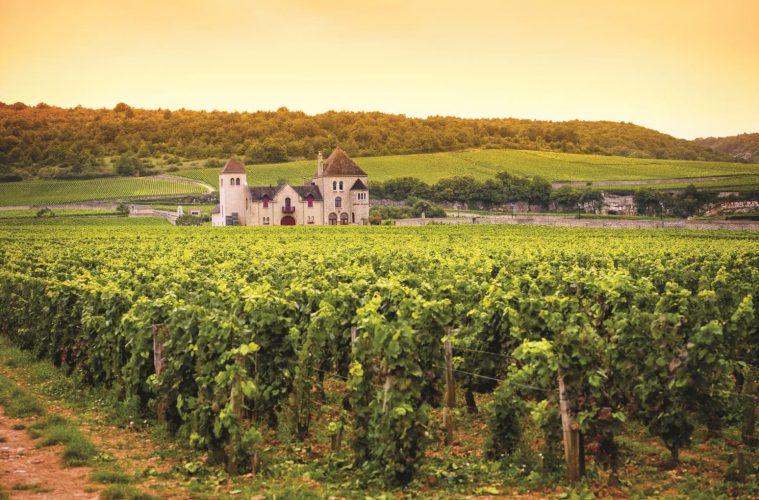It is the melancholic mosaic of a season on the cusp of transition, summer as autumn beckons, when shadows stretch a little longer, turning us wistful, and we are perhaps yearning to be, as E. E. Cummings wrote, “locked in foreverish time’s tide at poise.”
It is no secret that the light on Cape Ann can render emotional reflection. Come summer, the ricochet sunsets can absolutely take our breath away, as though we are bewitched by beauty. When a morning arrives in July, after a solid stretch of sultry heat, and a welcome deluge of rain has left pavements steaming and scattered with a handful of tiny yellow leaves, we are reminded that time doesn’t stand still, and wrestling as Cummings did might be on order.
Suddenly, we’re clinging to August, the sun-soaked days sleepy yet on the verge of change. A pass through the garden finds the green tomatoes with their inimitable scent have all but turned to orange, soon to fall into our palms, deep red, with just the slightest touch. September leaves us torn, with one arm wrapped around summer and the other tentatively outstretched toward October. The days have become shorter, and we can no longer resist the shift. Staring us down now, autumn, with her regal demeanor, head held high and posture straight, she beckons.
Not just yet, we say. We will resist, no matter your allure. Steadfast, we hold tight to Indian summer, sift through the warm, soft sands of Crane Beach and dissolve into the still welcoming ocean. The days that follow leave us wondering if a memory is something we have or something we have lost, and we ready ourselves for what’s to come.
Wine, for all its pleasure, is as well a catalyst for contemplation, a liquid muse, eager to journey with us from one season to the next. The wine region of Burgundy in France offers the most elegant and truthful expressions of Chardonnay and Pinot Noir—wines of discretion, at once graceful, rustic, and perfumed, if some of the most expensive. They are captivating, like autumn, once we bow down to her prowess. While the wines of Chablis in the far north and those coming from the Côte d’Or boast the more prestigious appellations, those lesser known are often the most accessible. Some of the most soulful and affordable wines come from the sub regions south of the Côte de Beaune, and are definitely worth exploring we can do from the North Shore, as they are well represented here.
In the Côte Chalonnaise, the apellations of Rully and Montagny deliver soft, delicately oaked Chardonnay, whereas in Givry and Mercurey, bright-red fruit with a lingering perfume meets a steely, ferrous take on Pinot Noir. Further south sits the Maçonnais, where Chardonnay suggests more apple and pear. From the appellation of Saint Véran, expect fuller bodied styles, with subtle oak, and from Pouilly Fuissé (not to be confused with Pouilly Fumé, the Sauvignon Blanc-dominant appellation in the Loire Valley), the styles are bright and crisp with a backdrop of soft oak.
South of the Maçonnais, Burgundy’s sister region Beaujolais is home to red grape varietal Gamay, producing wines similar to Pinot Noir coming from the Côte Chalonnaise, albeit with fleshier fruit. There are ten crus here, running north to south, and each cru offers a slightly different take on Gamay; some more pretty and perfumed as in Fleurie, some lively and spicy as in Régnié, some more structured as in Morgon, and some more age-worthy as in Moulin-à-Vent.
These are wines to be enjoyed with the bounty of our harvest: corn, tomatoes, locally foraged mushrooms, roasted root vegetables, and for a touch of decadence, a shaving of black truffles from Burgundy. The autumn with her crisp, smoky scent, the crunch of the forest floor, new fallen leaves underfoot, the purity in the sky, this too will pass, but while she’s here, we’ll revel in her splendor.
Where wines from the Burgundy Region are sold:
wine sense, Andover: wine-sense.net
The Cheese Shop of Salem, Salem: thecheeseshopofsalem.com
Wine Connextion, North Andover: wineconnextion.com

